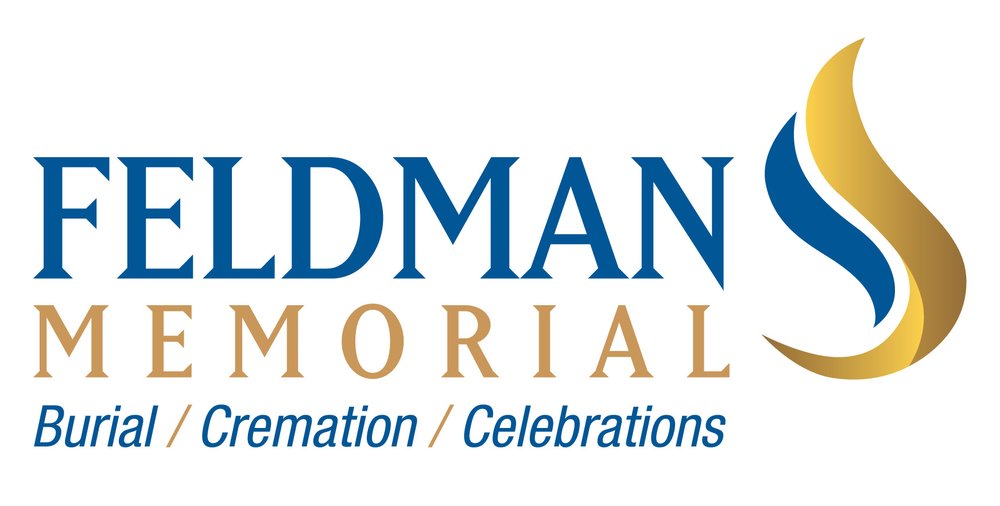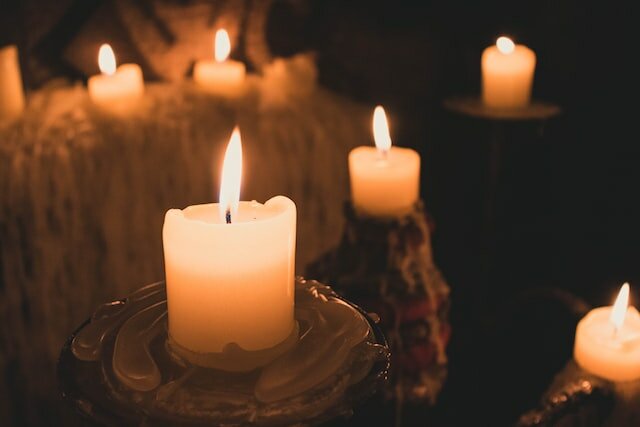
Fire Cremation
Fire cremation is a process that involves placing the body of the deceased into a furnace. The body is not exposed to open flame, but the furnace's heat breaks down the body content. If you need to know more about fire cremation, you can contact cremation services in Highland Ranch, CO.
The fire cremation takes place in the cremation chamber. Before the initiation of the cremation process, the funeral director helps to pay the cremation fee, get an urn, and buy a viewing casket if needed. Fire cremation is a subset of the stages that occur during cremation; below is the list of processes that takes place in cremation.
Identifying the Deceased
This is done to avoid the cremation of the wrong body. This is done by analyzing the submitted documents and having the family member identify the deceased. After the identification, a metal tag is placed on the deceased body. This tag will remain on the body throughout the cremation until final verification.
Getting the Procedure Authorized
The cremation can't take place without taking official cremation permission. These include the completion of paperwork containing information about the deceased, the type of cremation container to be used, and the person responsible for picking up the remains of the deceased.
Body Preparation
This is the stage where jewelry and other items are taken off the deceased body and given to the loved ones as a keepsake—materials such as prosthetics are removed from the body.
Moving Into the Cremation Chamber
This is the stage where the fire cremation occurs. The body is placed over a furnace for about 4 to 6 hours. The body is burned using natural gas, propane, or butane. The retort fires about 6 to 8 flame jets to the body to destroy soft tissues. At various times, repositioning of the body is done using a long metal shovel to ensure continued combustion and efficient burning. The retort used for the fire cremation is about 1800 degrees Fahrenheit. About 27 to 28 gallons of fuel will be used to reach this high temperature. A sandy and irregular-shaped ash are produced at the fire cremation's end. There is a set time for the ashes to get cooled before they can be handled. Fire cremation leads to the production of large amounts of carbon dioxide.
Finalizing the Remains
 The ashes produced by the fire cremation are not the result. The remains are analyzed to check if there are remnants left in them. Metal remnants can result from nuts, screws, or joints placed surgically during a lifetime. Cremains are later worked on using a special process to produce the final result, which is smooth ashes. Pre-planning can take some of the stress and financial anxiety off of your family after death and ensure the kind of memorial event you want.
The ashes produced by the fire cremation are not the result. The remains are analyzed to check if there are remnants left in them. Metal remnants can result from nuts, screws, or joints placed surgically during a lifetime. Cremains are later worked on using a special process to produce the final result, which is smooth ashes. Pre-planning can take some of the stress and financial anxiety off of your family after death and ensure the kind of memorial event you want.
Transferring the Remains
The smooth ashes are then placed in the urn produced by the family and returned to them. The name of the person coming to pick up the remains must be the one filled in with the official cremation permission.
Fire cremation is the use of heat to reduce the body content of bone fragments. It's a simple and less expensive process that is legal everywhere. If you need to know more about fire cremation, you can contact cremation services in Highland Ranch, CO.


Comments